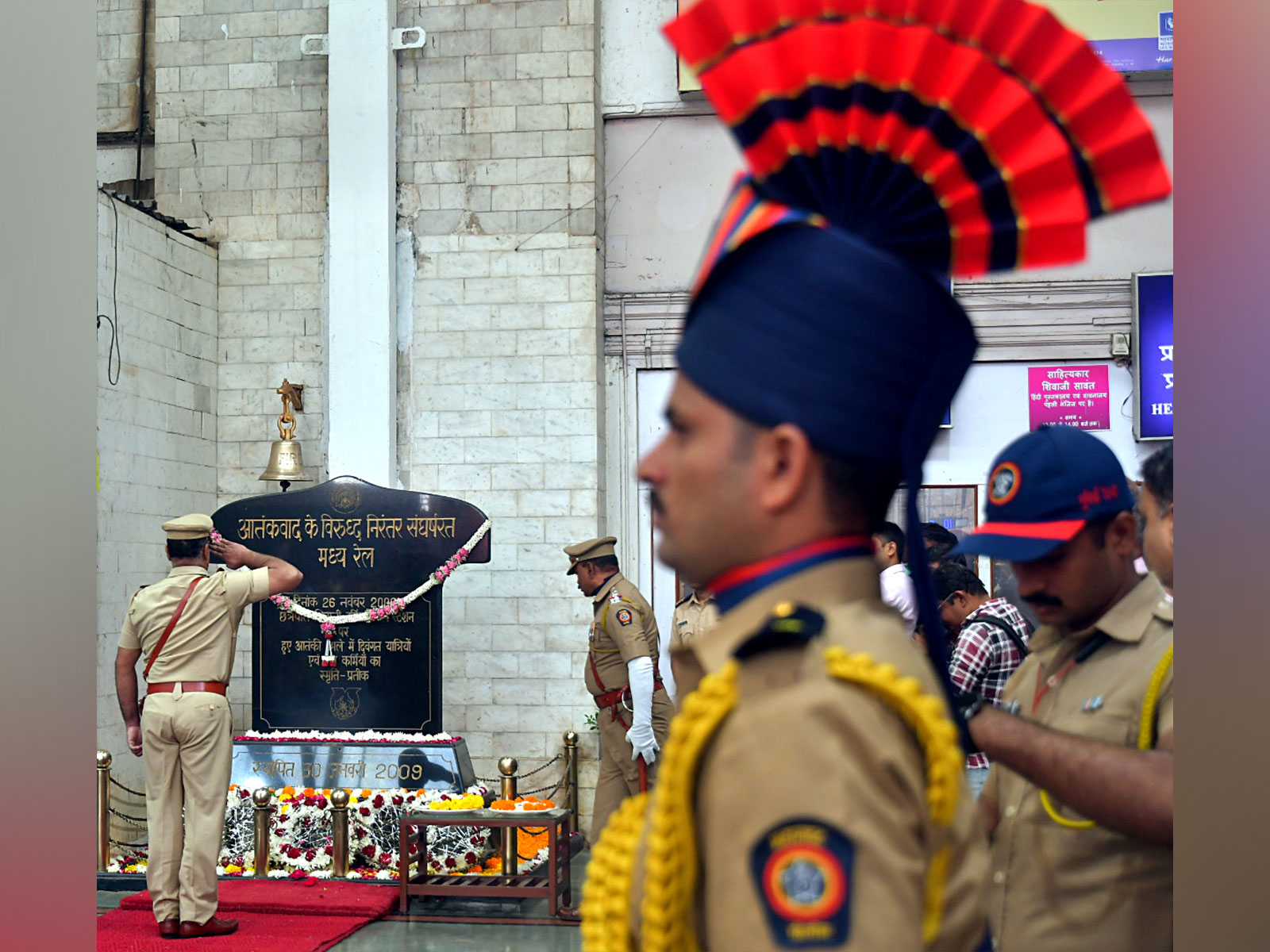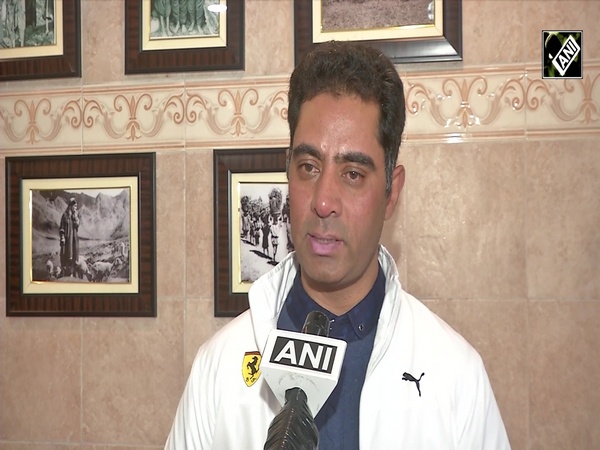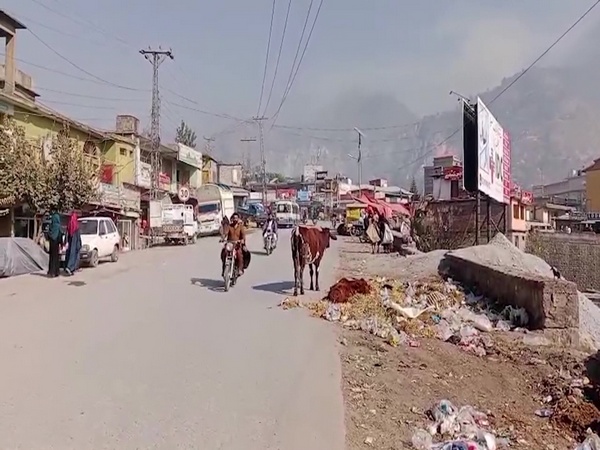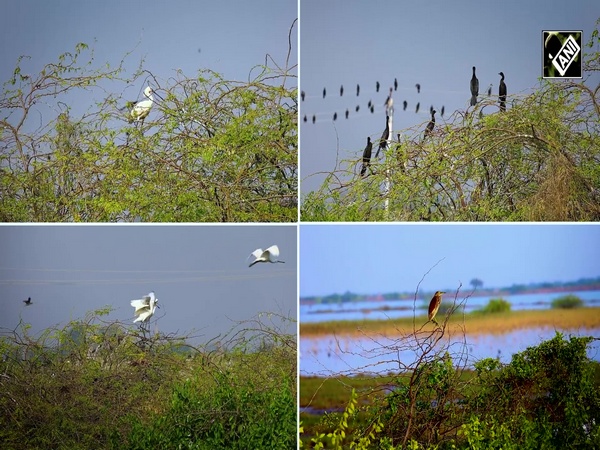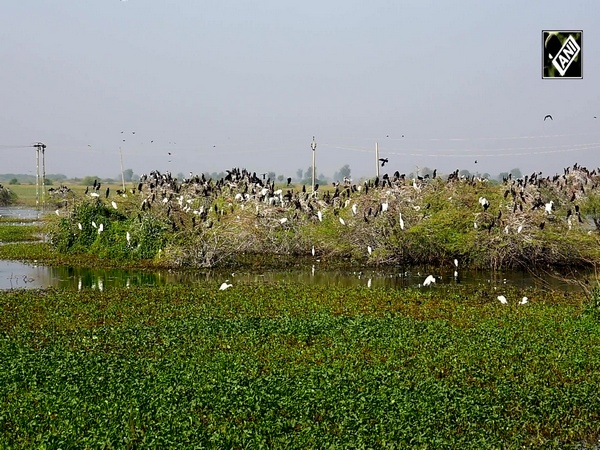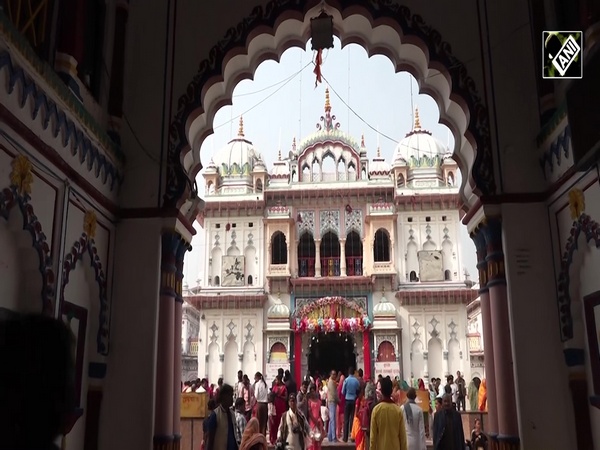Ganga Task Force, Praharis put concerted efforts to rejuvenate holy river
Mar 06, 2023

New Delhi [India], March 6 : Donning their combat uniforms, the specially trained personnel of 137 Composite Eco-Task Force in Prayagraj are out on a mission. Also known as Ganga Task Force, their mission is to clean the shores and carry out plantations to mitigate soil erosion along the most sacred river of the country - Ganga.
Ganga Task Force is a special unit of the Territorial Army raised under the public participation component of the Namami Gange Programme. The unit is mandated to carry out rejuvenation of River Ganga through activities such as afforestation, monitoring of river pollution, patrolling of ghats, public awareness campaigns and assist civil administration during natural calamities in the three districts of Uttar Pradesh - Prayagraj, Varanasi and Kanpur.
Col. Vedvrat Vaidya, Commanding Officer, Ganga Task Force said, "We carry out the patrolling of the ghats just to check the activities like throwing of flowers and other material into the Ganges. Patrolling by boat to see the bio-diversity and check it. Also ensure that the fishermen, those who catch the fish in the Ganges do it as per the scientific method and not as unscientific method. The flora and fauna and aquatic species in the Ganges remain safe"
Ever since the Namami Gange Programme was launched back in 2014, several concrete steps have been taken to clean the holy river and to maintain its cleanliness. Apart from Ganga Task Force, NMCG- National Mission for Clean Ganga has also roped in an army of self-motivated volunteers from among the local communities to achieve their mission of clean Ganga.
Identified as Ganga Prahari or the Guardians of the Ganga, they work for biodiversity conservation and cleanliness of the River. Ganga Praharis reach out to the locals residing in areas along the river Ganga to educate them about the importance of protecting the river's bio-diversity. In partnership with NMCG and Wildlife Institute of India - this enthusiastic group of people is trained through a series of national, state and site-level workshops in diverse skills. They are trained to carry out ecological surveys, rescue and rehabilitation of aquatic species, awareness meetings and social interactions with the people.
Dr Ruchi Badola, Scientist, Wildlife Institute of India, said, "Everyday a new set of people joins us. We don't put them immediately into the database of 'Ganga Prahari'. We collaborate with them, work along with them, we train them until they realize the philosophy of this programme i.e 'Ganga Prahari' is a lifestyle in itself and not just a way to earn livelihood. And once they become 'Ganga Prahari' they get an opportunity to expand their skill set, make public relations and slowly and gradually they start to discover multiple ways to earn livelihood also".
The National Mission for Clean Ganga (NMCG) has not only built infrastructure to stop filthy water flowing into the holy river, but has connected the people in their mission to preserve and conserve the Ganga and its tributaries.
G Asok Kumar, Director General, National Mission for Clean Ganga (NMCG) said, "The Ganga Praharis have done a tremendous job in generating awareness among the fishermen and other stakeholders about the biodiversity and the conservation of the biodiversity and the Ganga Task Force has been helpful in planting the trees and also seeing that the trees planted are protected and growing. So they have made a very significant contribution for achieving the overall target of 'Namami Gange'
The efforts of NMCG in preserving the river's biodiversity are garnering praise world over. In December 2022, the United Nations recognized the Namami Gange initiative as one of the top 10 world restoration flagships aimed at reviving the natural world.
Be it the Ganga Task Force or Ganga Praharis, the participation of the society at large can only help the national river Ganga to stay `nirmal and aviral'. They are not only performing the task of conserving the deteriorating biodiversity of the holy river, but also motivating others to contribute in making the Namami Gange Mission a mass movement.








